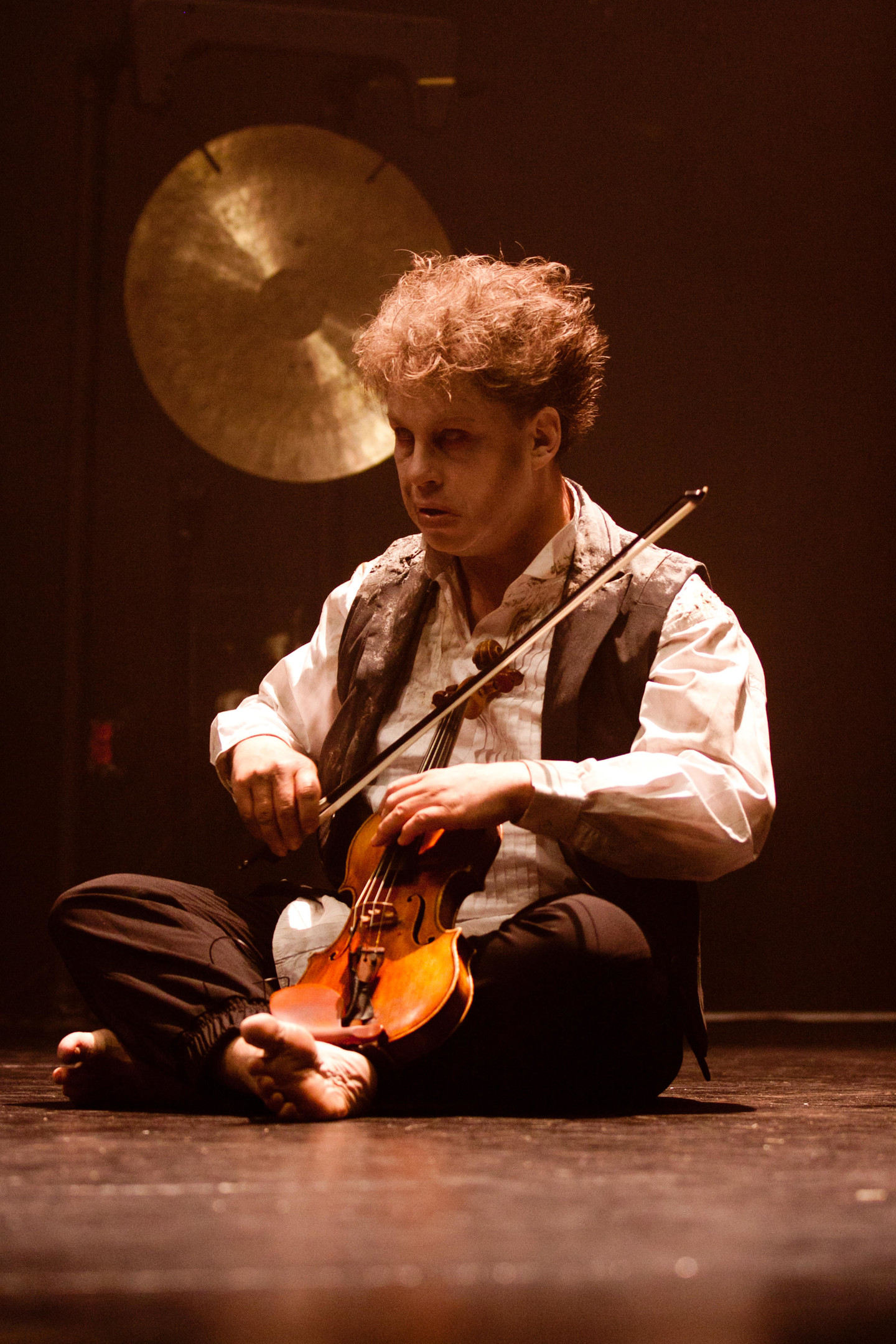
The grotesque Paganiniana and distorted Dies irae in “Devil-music” (no.

The titles of some movements recall the nightmare scenes common in nineteenth-century art and literature others suggest things ancient or lost. To support the paradigm and to invoke precursors, Crumb has spread the trappings of “romanticism”-its darker pole, at least-thick throughout the work. One goes into the piece anticipating its engagement with the Erlösung paradigm, and, having Darcy’s comments in mind, one might even say that Black Angels has a certain “symphonic” character. And if the title of the first movement in the third stage (“God-music”) does not suggest Hepokoski’s fuller or higher condition, it would be difficult to imagine a title that would. Absence (Spiritual Annihilation), and III. Crumb ( 1972) calls Black Angels a Vietnam-era “voyage of the soul,” (4) and the three main sections of the work have programmatic titles that would seem to make an Erlösung/ telos-type plot explicit, as shown in Example 1 (taken from Crumb 1971): I. Richard Steinitz ( 2007–2012) has noted Crumb’s “lifelong empathy with the Classical and Romantic repertory,” and he has suggested that “darkness to light” and “despair to redemption” paradigms are characteristic of the composer’s work in general. There is after all nothing particularly insightful about my claim that Black Angels involves an Erlösung/ telos-type plot. This goal is itself fairly straightforward. I have found that this provides an appealing way to hear Black Angels, and one of my goals in this essay will be to show that the quartet has a telos of sorts-with a culminating point where seemingly disparate ideas exposed early in the work and recycled in various ways as the work progresses are synthesized. Darcy and Hepokoski are concerned specifically with points late in a work where tonal, thematic, and formal elements congeal in an expressively positive way, perhaps for the first time in the work. (2) End-oriented integration of this kind is not only structural but, as Darcy and Hepokoski present it, somehow “revelatory” ( Darcy 2001, 52, after Hepokoski 1993, 26–27).

Darcy ( 2001, 52) reinforces the Erlösung plot by relating it to Hepokoski’s theory of “teleological genesis.” According to Hepokoski, “as an individual composition’s processes unfold, often uses them as a matrix within which something else is engendered, usually a decisive climax or final goal ( telos)” through which “a higher or fuller condition” is attained ( 1993, 26). And I will use this backdrop to get at one of the issues posed by Black Angels: how two isolated interior movements featuring tonal quotation/pastiche-a topic Losada addresses-relate to the rest of the quartet conceptually and structurally. (1) I will present Black Angels against the backdrop of what Warren Darcy has called “the drive toward a metaphysical Erlösung”-the “victory-through-struggle paradigm so important to the nineteenth-century symphony,” where an “initially troubled beginning” is ultimately redeemed or, in some cases, dramatically fails to be redeemed ( Darcy 2001, 49–50). The title of this essay is prepositionally reprehensible, but I mean to play on the title of a recent article by Catherine Losada ( 2009) in order to highlight a defining feature of George Crumb’s electric string quartet Black Angels (composed in 1970): Crumb’s reimagining, in a stylistically eclectic manner that is similar in certain ways to the works Losada discusses, of a musical plot archetype closely associated with nineteenth-century romanticism and the nineteenth-century symphony in particular. Copyright © 2012 Society for Music Theory


 0 kommentar(er)
0 kommentar(er)
